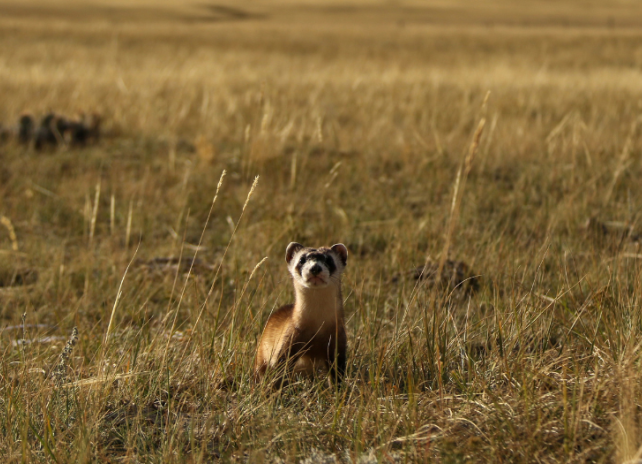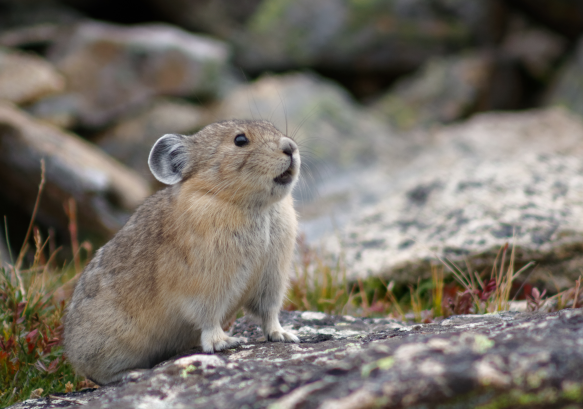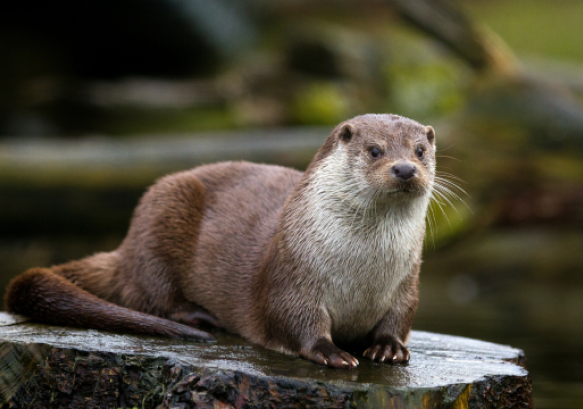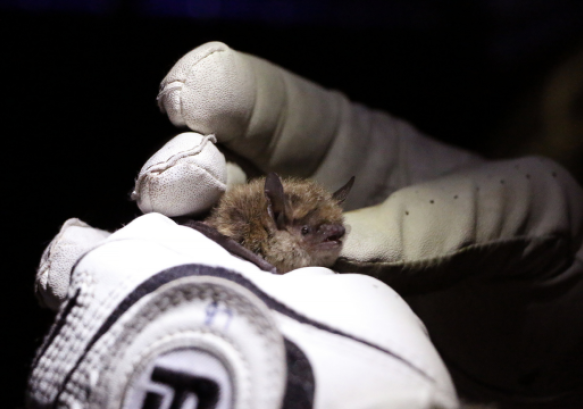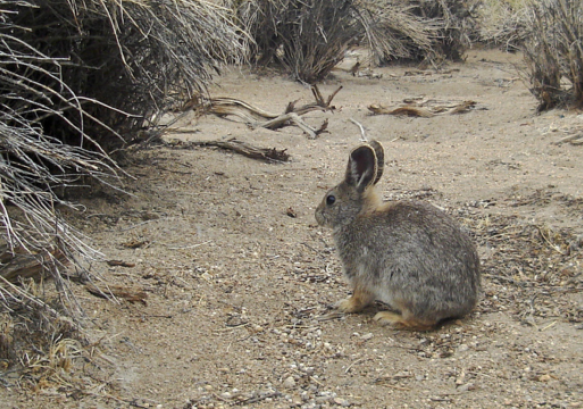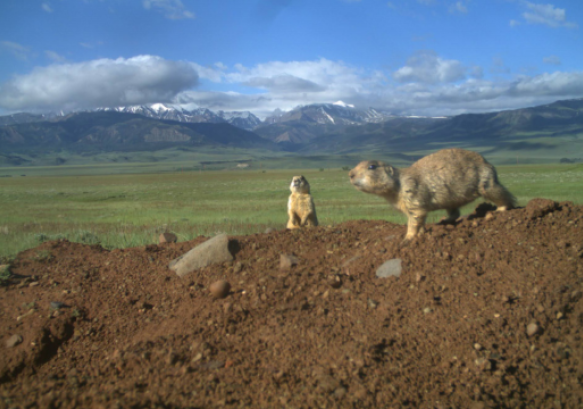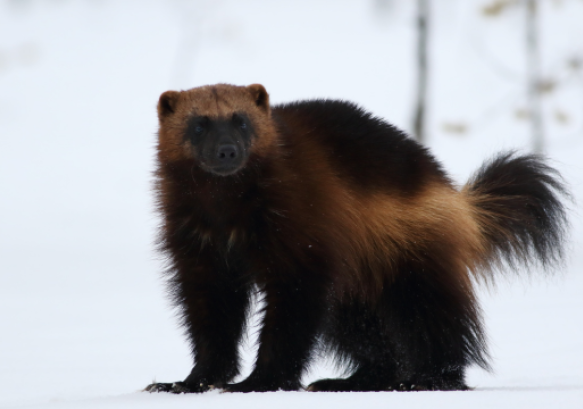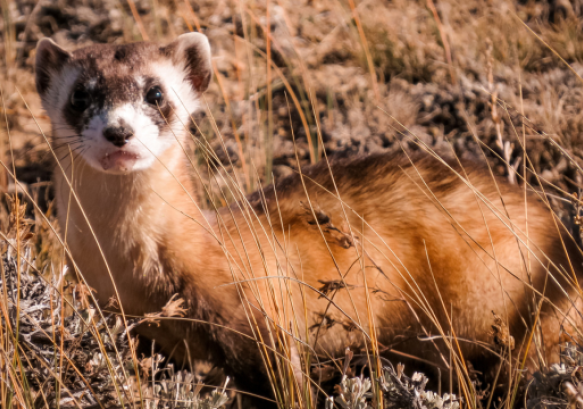The statewide Nongame Section manages nongame mammal species with assistance from regional personnel. Species of special management interest in the state include the black-footed ferret, wolverine, and several bat species. Most nongame mammals are rarely seen because of their small size, nocturnal behavior, or rarity. Further, over 40 nongame mammals are classified as Species of Greatest Conservation Need (SGCN) in Wyoming’s State Wildlife Action Plan because of limited numbers or distribution or potential threats. The Wyoming Game Fish Department works with many partners to improve our understanding of the state’s nongame mammal populations and to increase public understanding of these taxa.
Nongame Mammals in Wyoming
To view a list of all mammal species known to occur in Wyoming, with information on distribution and breeding status refer to Atlas of Birds, Mammals, Amphibians, and Reptiles.
For detailed species accounts of SGCN mammals, with Wyoming-specific information on natural history, conservation, and photos, visit the Wyoming Natural Diversity Database (WYNDD) and Game and Fish Mammal Field Guides.
To see occurrence records, range maps, and predicted distributions for Wyoming’s mammals, visit WYNDD's data explorer map
Management and Monitoring
Game and Fish manages Wyoming's nongame mammals to maintain healthy ecological communities. Some mammals can be taken for personal use without a permit. Learn which species can be collected, harvested, or possessed in Wyoming and which permits are required in this quick reference guide.
Black-footed ferret
The black-footed ferret (Mustela nigripes) is the only ferret species native to North America and one of the original species listed under the original Endangered Species Act of 1967. They are members of the family Mustelidae. Mustelids are carnivorous mammals and include weasels, martens, badgers, otters, and wolverines. They are generally characterized by low-slung, elongated, and heavily muscled bodies which allow them to prey upon animals much larger than themselves. Habitat loss is the biggest threat to the species. They eat prairie dogs exclusively and the destruction of native grasslands has reduced and fragmented prairie dog habitat.
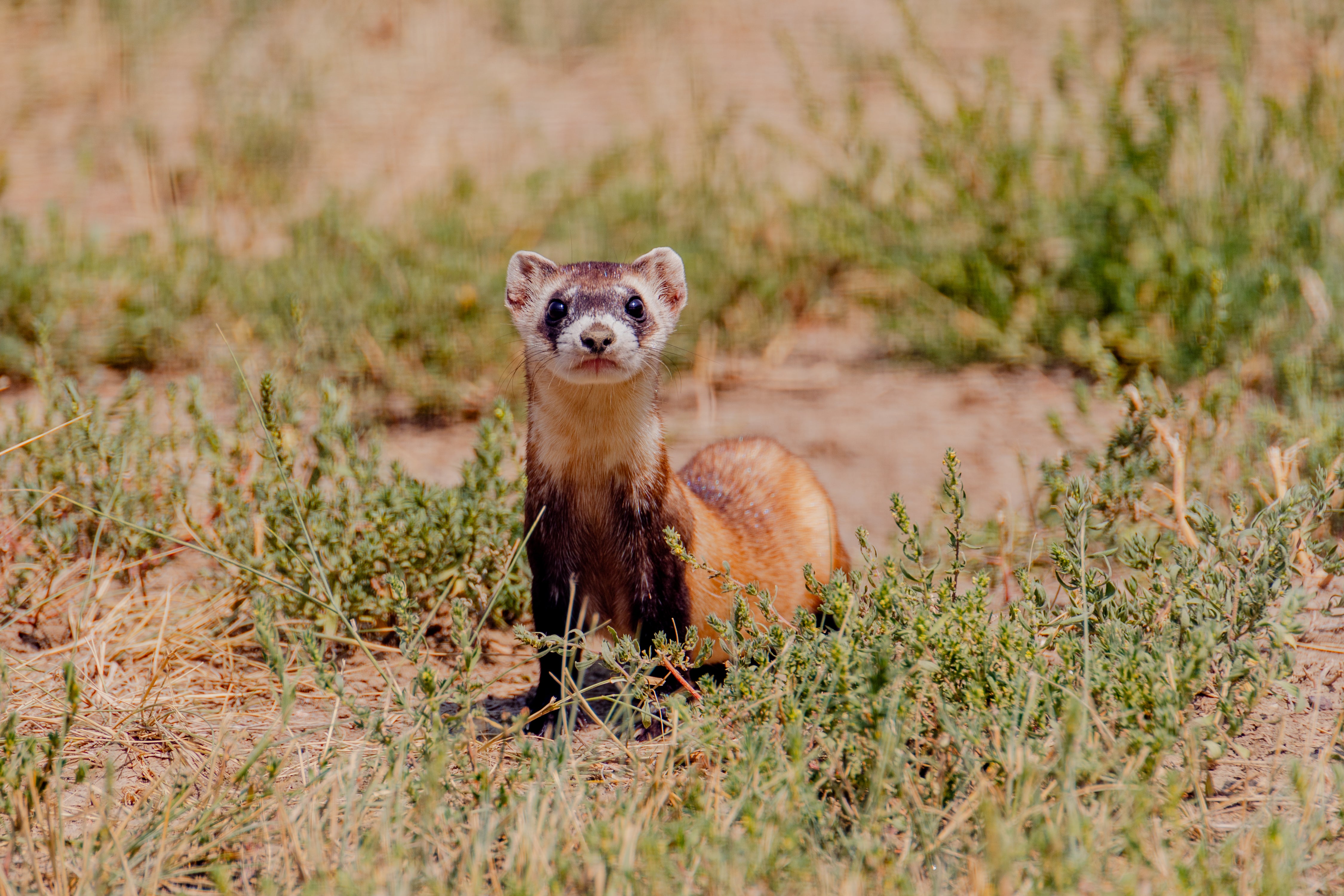
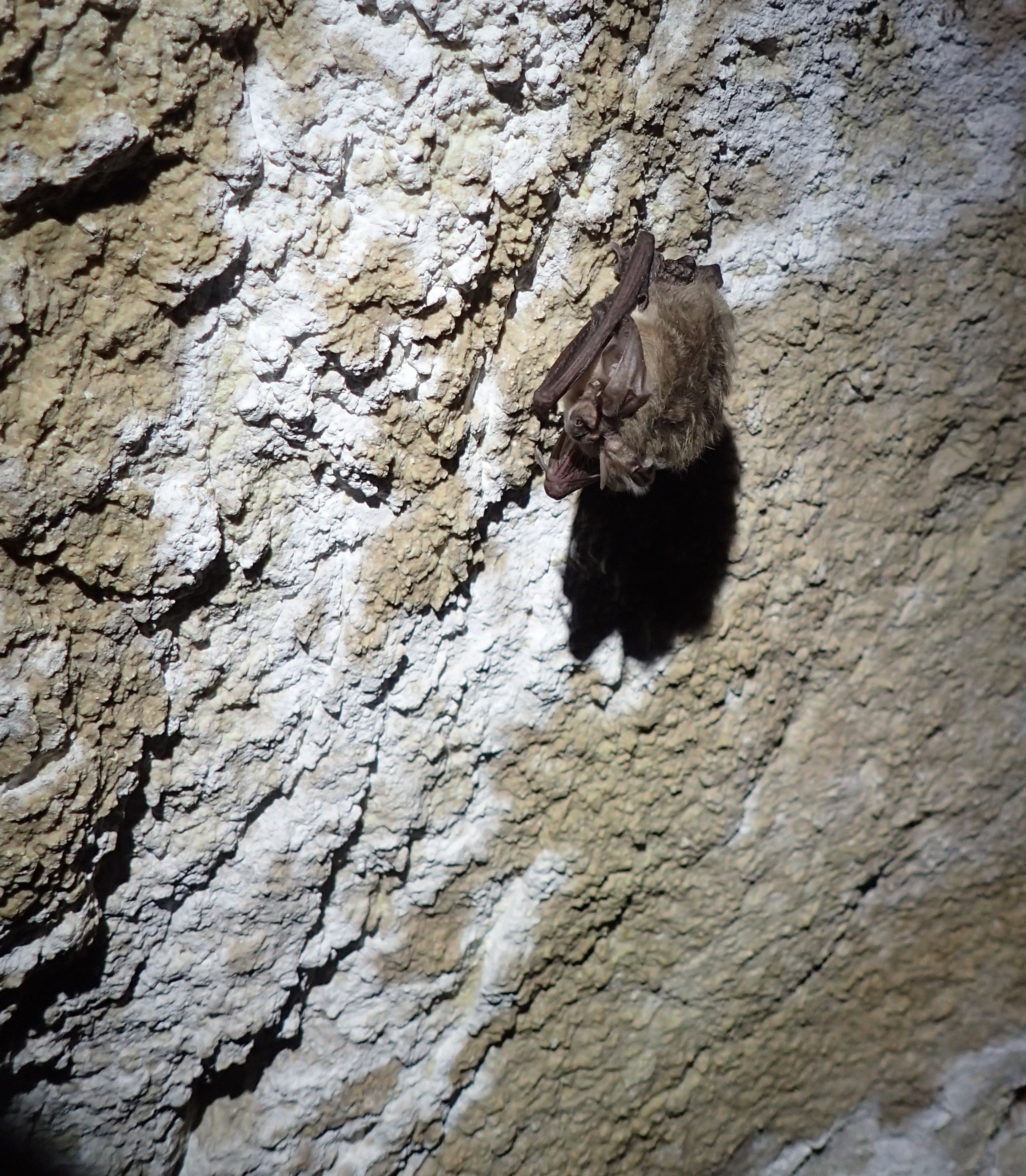
Bats
The Wyoming Game and Fish Department is responsible for the conservation of bats in the state. Bats are monitored using a variety of techniques to understand and mitigate the impacts of various threats such as wind energy development, climate change, whitenose syndrome, habitat degradation, and roosting habitat loss.
Caves known to contain bats during the critical hibernation and maternity seasons may be closed to the public in either the summer or winter months. Your cooperation with these closures, and respect for bats at any time while cave, is important in helping us converse these species. To prevent the spread of whitenose syndrome (WNS), it is important that caving gear be decontaminated before and after entering any cave in the state.
Like all mammals, bats can carry rabies. Anyone having possible direct contact with a bat should contact a healthcare professional. If the bat is available, WGFD can assist with testing of the animal.
The Nongame Section can advise homeowners in excluding bat colonies from inappropriate places such as attics. Whenever possible, we advise doing so outside of the maternity season, as this minimizes the risk of direct contact with a bat and bat mortality, and may result in a more effective exclusion.
See plans to build your own bat house
Wolverine
The wolverine (Gulo gulo) is the largest member of the weasel family. The species generally appears as a small bear or large badger, with massive limbs, dark brown fur, bushy tail, and relatively large feet. They have lighter fur on their head and a broad yellowish stripes from the shoulders to the tail. Wolverine are a strongly opportunistic feeder, eating berries, insect larvae, fish, birds and mammals of almost all sizes, and carrion of all types. An individual Wolverine requires a huge amount of subalpine and alpine habitat. In the Yellowstone Ecosystem, female home ranges averaged 303 km2, and male home ranges averaged 797 km2.
The secretive nature, naturally low density, and high mobility of Wolverine make it difficult to precisely estimate population size. Recent management activities for wolverine include evaluating and implementing monitoring protocols throughout suitable habitat in western Wyoming. Initiated in 2015, results from this effort will provide a state- and range-wide baseline occupancy estimate. Incorporating genetic analyses from hair snares through these efforts will also allow for a better understanding of the number of individuals as well as the distribution of female Wolverine, information critical to better-evaluating the extent of breeding distribution in the state.
View Wyoming's wolverine management plan
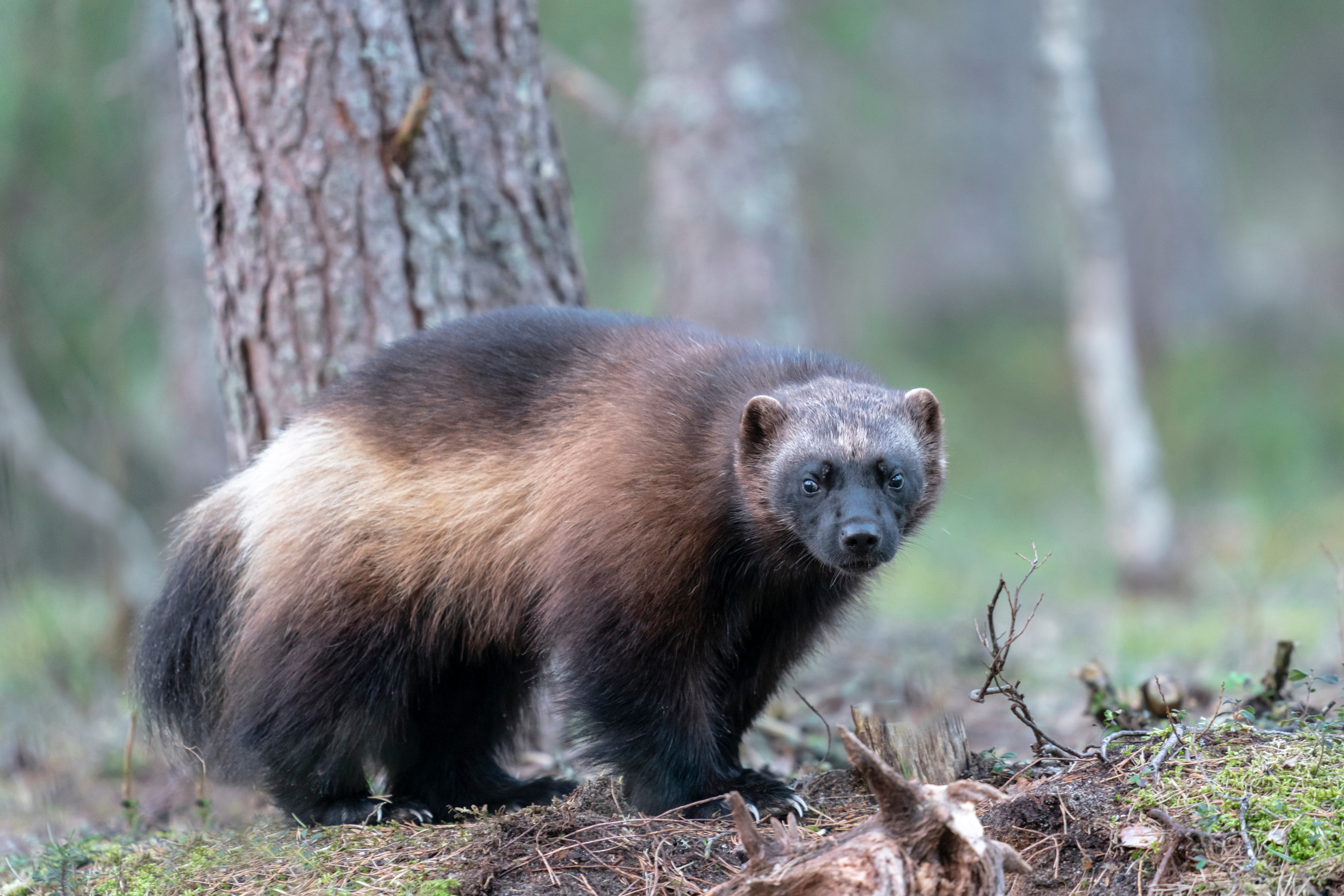

Mammals of greatest conservation need
-
Aberts-Squirrel
American-Pygmy-Shrew
American-Pika
Bighorn-Sheep
Black-Footed-Ferret
Black-tailed-Prairie-Dog
Canada-Lynx
Canyon-Deermouse
Cliff-Chipmunk
Dwarf-Shrew
Eastern-Red-Bat
Eastern-Spotted-Skunk
Fringed-Myotis
Great-Basin-Pocket-Mouse
Haydens-Shrew
Hispid-Pocket-Mouse
Idaho-Pockete-Gopher
Least-Weasel
Little-Brown-Myotis
Long-Eared-Myotis
Long-Legged-Myotis
Meadow-Jumping-Mouse
Moose
Northern-Flying-Squirrel
Northern-Long-eared-Myotis
Northern-River-Otter
Olive-Backed-Pocket-mouse
Pallid-Bat
Pinon-Deermouse
Plains-Harvest-Mouse
Sand-Hills-Pocket-Gopher
Plains-Pocket-Mouse
Prebles-Meadow-Jumping-Mouse
Prebles-Shrew
Pygmy-Rabbit
Ringtail
Sagebrush-Vole
Silky-Pocket-Mouse
Spotted-Bat
Spotted-Ground-Squirrel
Swift-Fox
Townsends-Big-Eared-Bat
Uinta-Chipmunk
Water-Vole
Western-Small-Footed-Myotis
Western-Spotted-Skunk
White-tailed-Prairie-Dog
Wolverine
Wyoming-Pocket-Gopher
Yellow-Pine-Chipmunk
Yuma-Myotis

